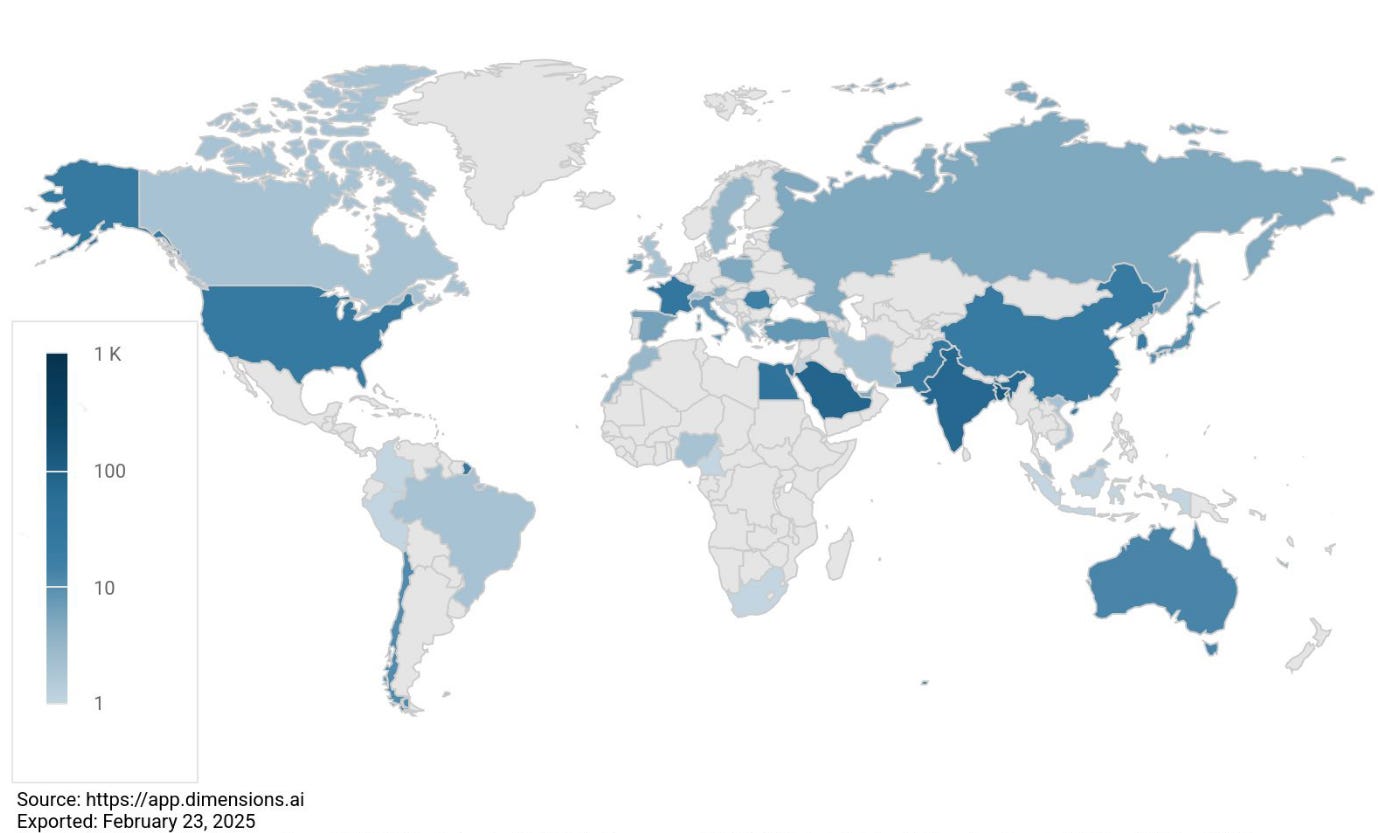From Nefarious Networks to Legitimate Funding
From bogus affiliations to taxpayer money
At the 10th Peer Review Congress, I presented new findings on the Pharmakon Neuroscience Network in Manufactured Impact: How a Non-existent Research Network Manipulated Scholarly Publishing – a research network based on a funder that never existed, yet still managed to infiltrate scholarly publishing.

The story started with a single plagiarized paper in 2022. Pulling on that thread revealed something much bigger: more than 120 papers carrying the name of a fictional funder, Pharmakon Neuroscience Research Network, connecting over 300 authors and 230 organisations.
And here’s where it gets truly absurd. Many affiliations are legitimate universities and pharmacy schools. But not all. In fact, three “organizations” turned out to be nothing more than private residences — two suburban houses and one apartment, in three different countries. Imagine a paper listing a random flat in Vienna, or a house in the U.S. or Australia as an official research affiliation. That’s the level of audacity we’re dealing with.
From Shady to Funded
Our investigation shows that more than 20 authors tied to Pharmakon now hold legitimate grants worth at least (US equivalent) $6.5 million since 2022. Some had never secured funding before their Pharmakon-linked publications, yet went on to receive awards from national funders in Ireland, Portugal, and Croatia.
This is the pivot that should concern us all: fraudulent publications can act as stepping stones to taxpayer-funded research.
Let’s be honest: most authors knew what they were doing. Pharmakon was a way to pad CVs, build or pad their portfolio fast all while propagating misinformation. But others may have been caught in subtler ways.
One case stands out: a senior researcher with over $50 million in funding shows up as an author on a Pharmakon paper. It’s unlikely he needed this network. From what we can tell it is more likely a student added his name. But his presence, intentional or not, gave cover and credibility to a fraudulent paper.
That’s part of the risk: networks like this can exploit established reputations to launder their own.
Why It Matters
Once embedded, this kind of work is almost impossible to root out. Meanwhile, its participants move forward with grants, jobs, and influence. The damage ripples outward:
Researchers build careers on fraudulent foundations.
Institutions face reputational fallout when affiliated with compromised work.
Governments unknowingly fund researchers who gamed the system.
The public sees science that can’t clean up its own record.
This isn’t just sloppy publishing. It’s a research security risk.
What Needs to Change
The Pharmakon case is a wake-up call. To close the loopholes:
Require verified institutional identifiers (GRID, ROR).
Enforce clear author contribution statements so it’s obvious who did what.
Insist on verifiable funders in every paper.
Scale up forensic scientometrics to flag strange collaboration and authorship patterns before they take root.
Pharmakon is not an anomaly; it’s a failed stress test. Fraudulent networks thrive in opacity, manufacturing legitimacy where none exists. Science’s strength lies in trust. And unless we – publishers, universities, and governments repair the gaps that allowed fiction to become funding, we risk permanently damaging science.
September 3 was a magnificent day at the Peer Review Congress in Chicago, exposing what research must get better. Anna Albakina, Reese Richardson, and many others Presented at the 10th Annual Peer Review Congress. Check out the full program and abstracts here.




Really interesting, but this post doesn't seem to directly say what exactly was done and why. Was the fictional Pharmakon Neuroscience Research Network being mentioned only in the funding acknowledgments of papers? Whether it was just that or also other behaviors, was the purpose to create credibility by falsely indicating that the research was funded?
Insightful and eye opening write up!